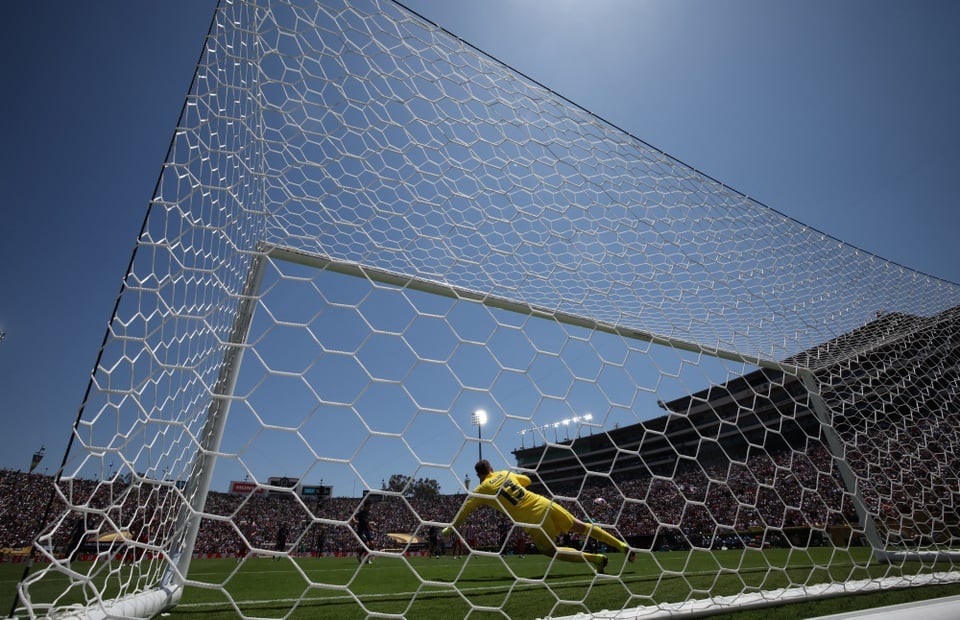 |
FIFA Club World Cup 2025™ attracts attention from fans. |
Surrounded by skepticism and criticism since the idea of expanding the 2025 FIFA Club World Cup to a 32-team tournament was announced, the Fédération Internationale de Football Association (FIFA) has been under a lot of pressure – from experts, the press, even players and coaches. People are worried that this will be a “cheap version” of the World Cup, a reckless commercial gamble, a tournament that is forced into a festival but is actually hollow.
But then, as the ball rolled and the stands began to fill, it seemed that it was the crowd - not FIFA - who had the strongest argument.
In the first two matches, the telling numbers helped FIFA regain the initiative in the public opinion war. The opening match between Inter Miami and Al Ahly attracted 60,927 spectators - just a few thousand seats less than the maximum capacity of Hard Rock Stadium (64,764).
The big game between PSG and Atletico Madrid at the Rose Bowl - the iconic stadium of American football - saw 80,619 people packed into the stands. That's not only an impressive number, but a record in the history of the tournament, including previous versions with only 7 teams.
FIFA immediately followed up with a media campaign that was full of “I told you so” tones: thank you posters, proud tweets, and even a press release proclaiming it “a great start to a historic Club World Cup”.
They have a point. In an age where sports appeal is increasingly dependent on images, social media and statistics, a full house is as important as a goal.
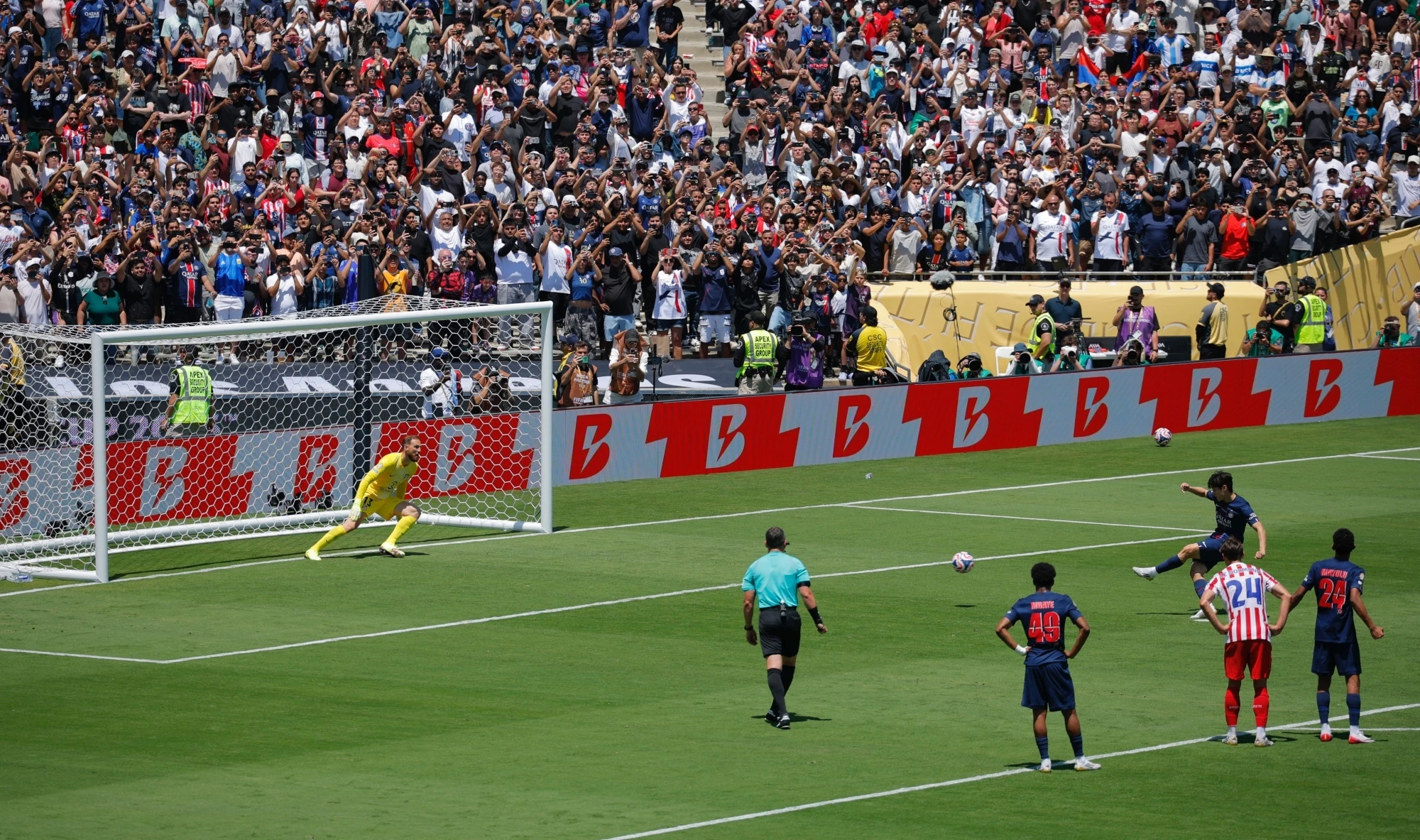 |
The matches in the tournament attracted a large audience to the stadium. |
This initial success was no fluke. FIFA picked the right stadium, the right team, and the right time. Hosting the opening match with Lionel Messi (Inter Miami) was a smart way to make a splash. Bringing PSG and Atletico Madrid—two teams rich in stardom and style—to the famous Los Angeles stadium was a way to test how much America really cares about soccer. And the answer, at least for now, is positive.
However, that does not mean that the worries have completely disappeared. Bayern Munich's 10-0 thrashing of Auckland City has left many people concerned about the quality of the tournament.
The class gap is still a sore point, and not all audiences want to witness one-sided “tortures”. But perhaps FIFA accepts this as part of the “cost of globalization”. They believe that if they create a sufficiently attractive atmosphere, those small ripples will be drowned out by the waves of cheering and large-scale cultural and sporting events.
Above all, FIFA knows very well that this year’s tournament does not need to immediately become the second Champions League. It just needs to survive, make a good impression, and open the door to new markets – like the US, the Middle East, or East Asia. If the crowds in the big cities continue to fill the stands, if the stars continue to play and contribute, then this tournament has every reason to exist – and to grow.
Two matches do not tell the whole story, but they are enough to change the tide of public opinion. And if there is one lesson to be learned from that start, it is that football is unpredictable - not only on the pitch, but also in the hearts of the public. What was once derided as “Infantino’s pipe dream” is now gradually becoming a vivid reality in the stands.
FIFA hasn't won it all yet. But after the first two games, it's clear they haven't lost.
Source: https://znews.vn/fifa-da-dung-post1561358.html
























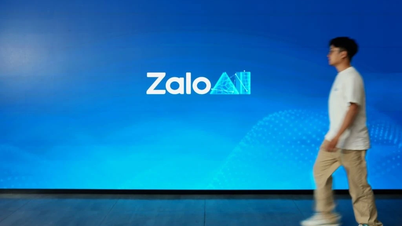














































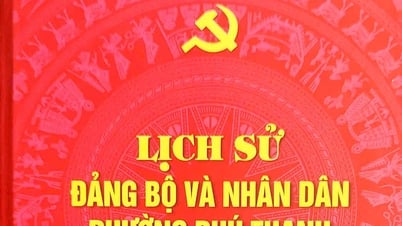
























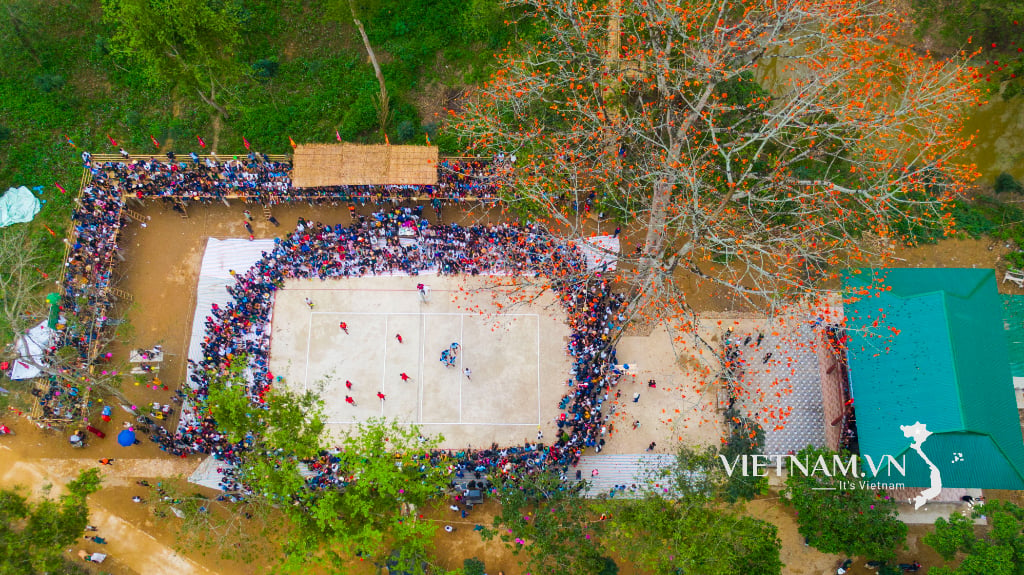
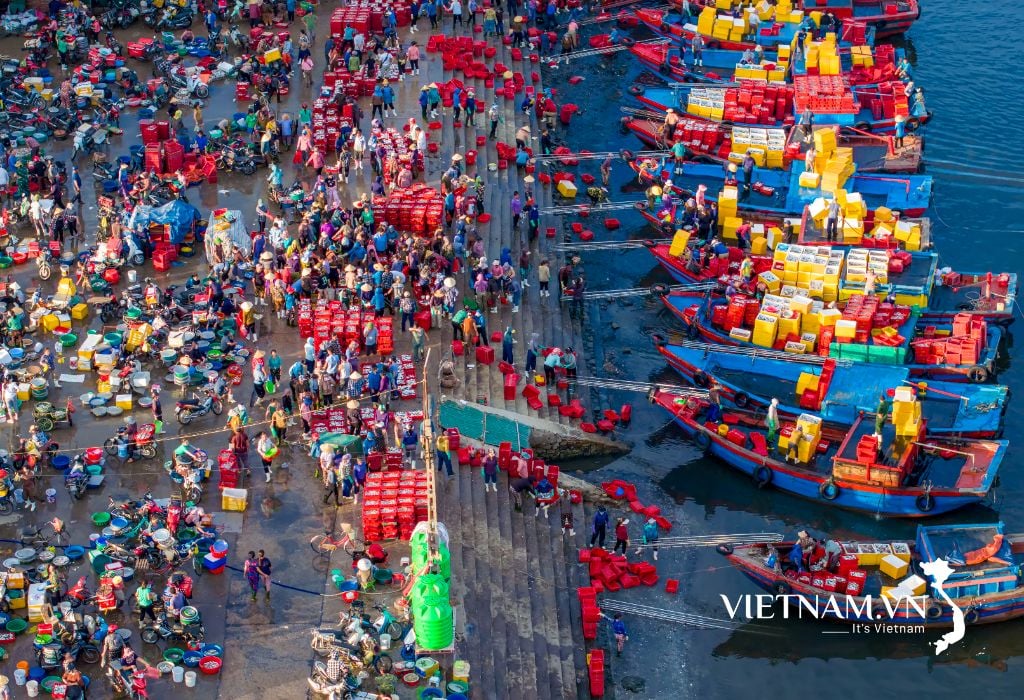
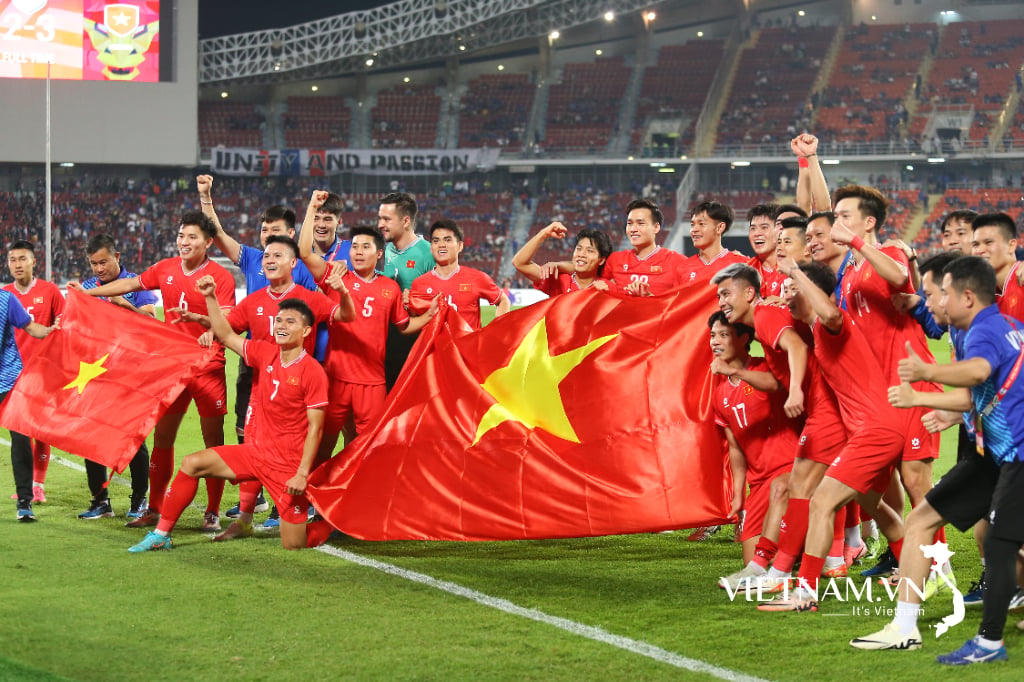
Comment (0)